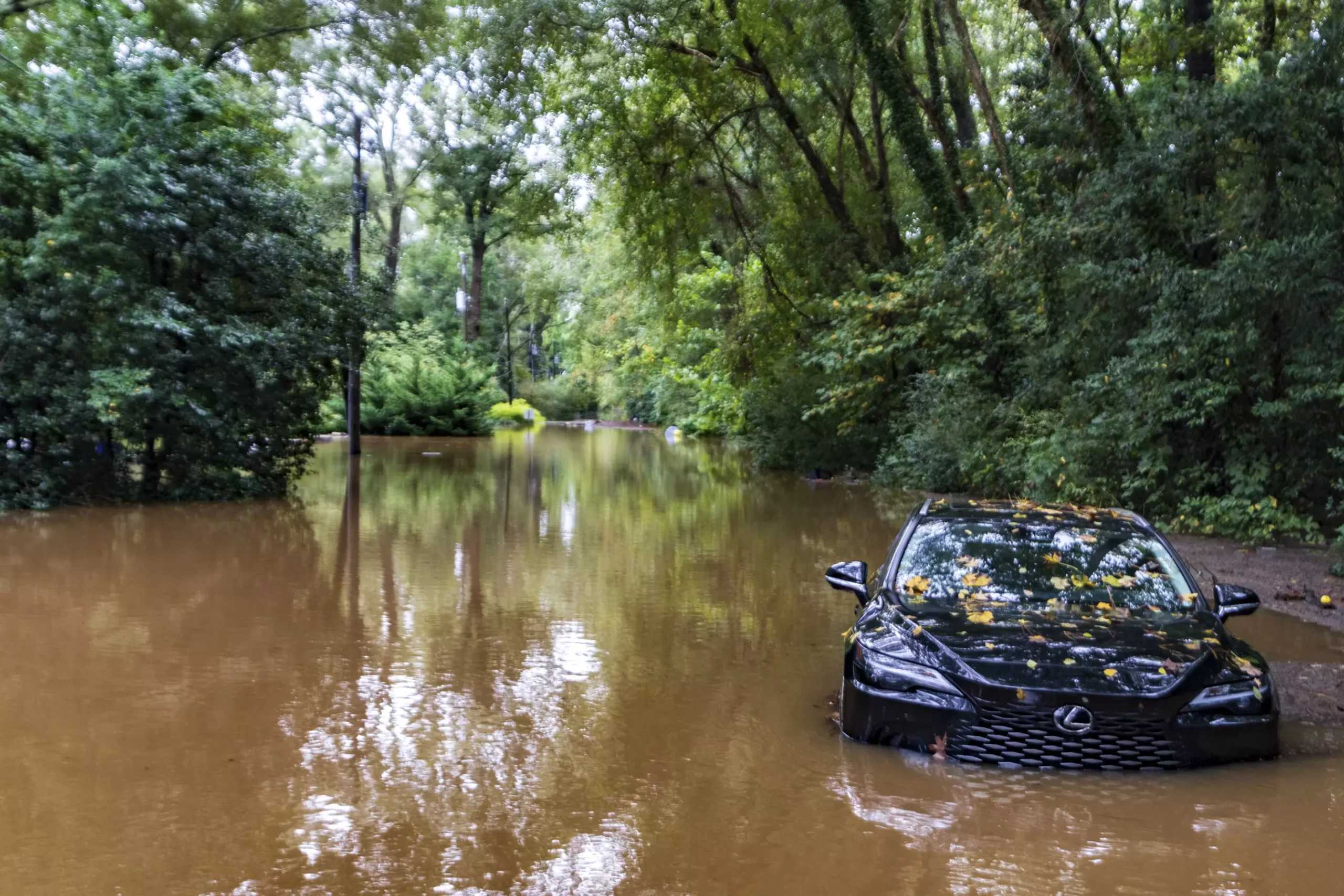As the incidence of electric vehicles (EVs) rises, so does the need for consumers and manufacturers to understand the unique challenges posed by extreme weather events, particularly hurricanes. The potential for electric vehicles to catch fire after being exposed to saltwater is noteworthy, especially for residents in storm-prone areas. This article explores the implications of hurricanes on electric vehicle safety and offers practical advice for EV owners.
In anticipation of severe storms like Hurricane Helene, Florida officials, including Governor Ron DeSantis, have urged electric vehicle owners to take proactive measures. The dangers associated with saltwater flooding are not merely speculative, as there have been documented cases of EV fires related to hurricane conditions. The correlation between saltwater exposure and battery ignition in EVs necessitates awareness and preparedness. Although the likelihood of such incidents is low, instances following previous hurricanes have raised alarm among local authorities, prompting them to advise residents to relocate their vehicles to safer, higher ground.
The historical context of electric vehicle fires, particularly in circumstances involving flooding, cannot be overlooked. For instance, after Hurricane Ian in 2022, it was reported that approximately 5,000 electric vehicles sustained damage, resulting in fires for 36 of those vehicles. Such events surface critical conversations about the vulnerabilities inherent in electric vehicle technologies, especially during extreme weather scenarios.
At the heart of the issue is the composition of lithium-ion batteries commonly used in electric vehicles. These batteries can be compromised when exposed to saltwater, which can conduct electricity and create short circuits. Tom Barth, chief of the special investigations branch at the National Transportation Safety Board (NTSB), emphasizes that if saltwater forms a bridge between the positive and negative terminals of a battery, it can trigger a thermal runaway reaction. This chain reaction creates significantly elevated temperatures, potentially leading to fires.
While manufacturers incorporate features like insulation barriers to protect cells within battery packs, the battle against moisture exposure becomes increasingly difficult once EVs are submerged. Barth’s insights further illuminate the risk: submerged batteries may begin to fail in ways that are not immediately apparent, as salt deposits can linger post-flooding, increasing the potential for future ignition even after the floodwaters recede.
Preparing for Power Outages: Strategies for EV Owners
In the throes of a storm, maintaining the charge of an electric vehicle becomes essential. Just as traditional vehicle owners are advised to keep their gas tanks full, EV owners must plan for power outages, particularly when access to charging stations may be unavailable. It is prudent for electric vehicle owners to charge their vehicles to capacity before the arrival of a storm. This simple act could provide critical mobility in the aftermath of a natural disaster.
During power outages, both traditional gas stations and electric vehicle charging infrastructure may fail to provide service, putting both types of vehicle owners at a disadvantage. Therefore, understanding the limitations of EV technology in adverse conditions is crucial for making informed decisions regarding transportation during emergencies.
Understanding the risks associated with electric vehicles in storm situations is just the beginning. The National Highway Traffic Safety Administration (NHTSA) is actively involved in researching and formulating safety protocols relevant to battery technologies. Their ongoing efforts to enhance battery safety demonstrate a commitment to improving public awareness and reducing risks associated with flooding.
As manufacturers gather more data and insights on the vulnerabilities of electric vehicles under extreme weather conditions, updates to safety requirements seem inevitable. The goal should be to design batteries and vehicles that can withstand the rigors of environmental challenges while safeguarding the users and the public.
The intersection of electric vehicle technology and severe weather demands a comprehensive understanding of potential risks, particularly in hurricane-prone areas. Awareness, preparedness, and proactive measures can aid EV owners in mitigating hazards associated with flooding, ultimately leading to safer outcomes amidst nature’s unpredictability. As electric vehicle adoption continues to rise, so too does the imperative to ensure both consumer safety and technological resilience against the element of surprise that storms bring.


Leave a Reply